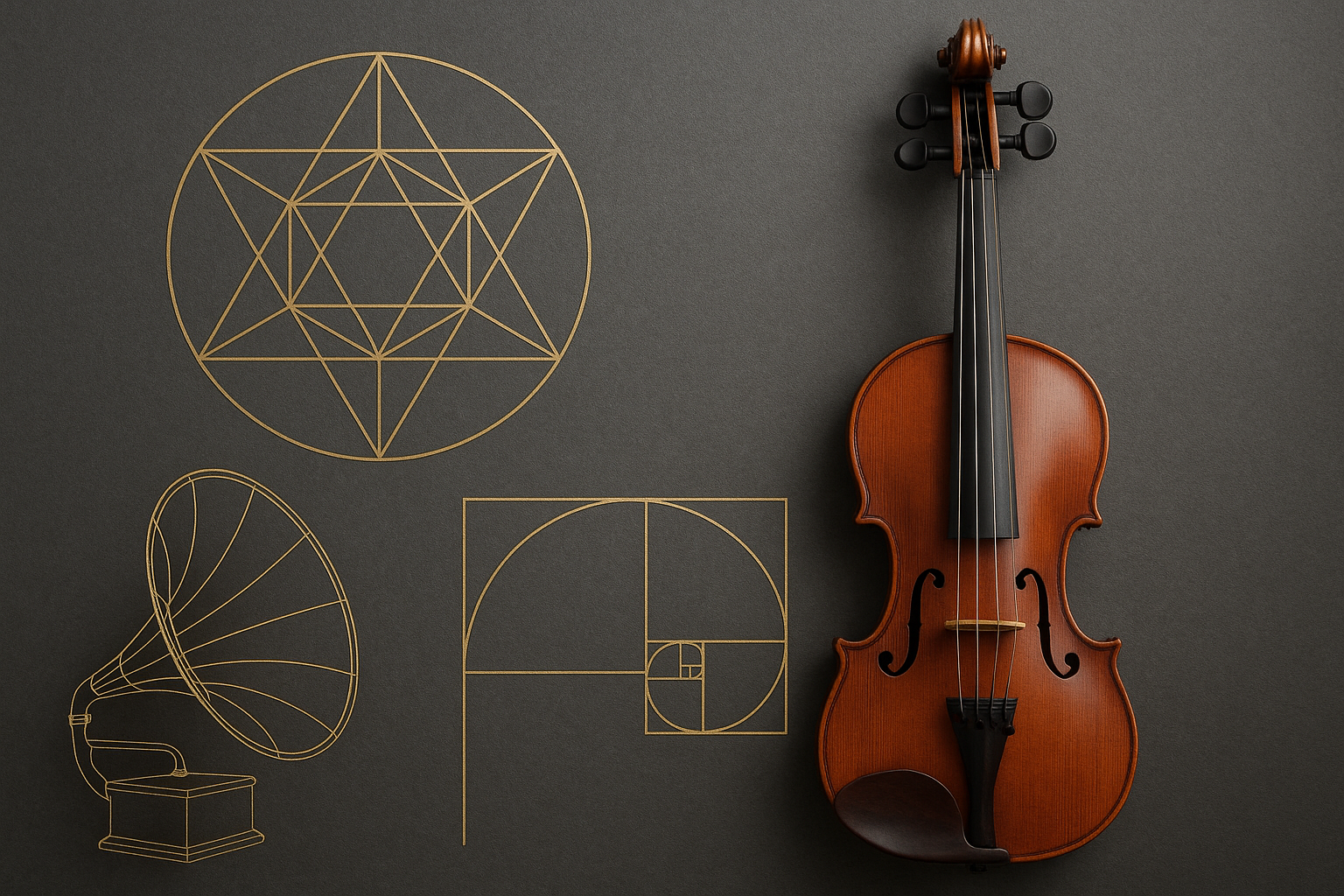The connection between geometry and sound has fascinated philosophers, mathematicians, and musicians for centuries. From the harmonious proportions of classical architecture to the intricate patterns of mathematical equations in modern acoustics, the pursuit of understanding sound through geometric principles represents a quest for universal order.
The Ancient Roots of Geometric Sound
In ancient Greece, thinkers like Pythagoras explored the relationship between numbers and music. He discovered what is now known as the “Pythagorean tuning,” a method that relates musical intervals to mathematical ratios. These ratios were believed to reflect the cosmic order, as summarized in the saying attributed to Pythagoras: “There is geometry in the humming of the strings, there is music in the spacing of the spheres.”
“The harmony of the world is made manifest in Form and Number, and the heart and soul and all the poetry of Natural Philosophy are embodied in the concept of mathematical beauty.” — Sir D’Arcy Wentworth Thompson
The Patterned Beauty of Classical Forms
The use of geometry in music is not just a matter of aesthetic metaphor but a functional necessity. Classical musical forms, such as the sonata and symphony, often embody geometric principles. Symmetrical structures, such as the ABA form, create balance and coherence analogous to the symmetry found in architectural masterpieces.
- Sonata Form: This widely used form includes three main sections: exposition, development, and recapitulation, mirroring geometric progression.
- Fugal Structures: These employ intricate interweaving of thematic material, akin to the patterns found in fractals.
- Golden Ratio in Music: Some composers have utilized the golden ratio to achieve pleasing mathematical balance, similar to visual art and architecture.
Modern Interpretations and Universal Order
Contemporary researchers are exploring sound through the lens of geometry to understand more profound patterns in nature. For example, the Chladni figures, patterns formed by sound waves on vibrating plates, are visual manifestations of this relationship. These patterns reveal hidden symmetries and resonate with the aesthetic beauty described by past thinkers.
Chladni plates, named after musician and physicist Ernst Chladni, provide a fascinating glimpse into the ordered world of sound geometry. They demonstrate how sound waves can create distinct geometric shapes, leading many to speculate about the inherent structure of music itself.
The search for the geometry of sound is part of humanity’s broader quest to uncover the universal order. As both a mathematical and artistic endeavor, it bridges disciplines and centuries, creating a harmonious reflection of our world.
